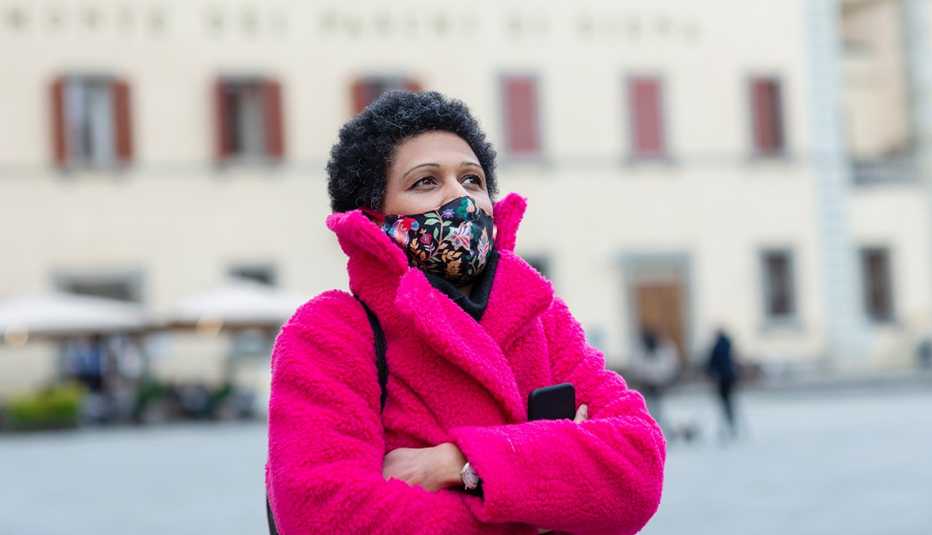AARP Hearing Center
Public health experts are keeping a close eye on a new coronavirus strain that’s quickly taking over. It’s known as XBB.1.5, and the latest data from the Centers for Disease Control and Prevention (CDC) shows the omicron subvariant is behind an estimated 30 percent of COVID-19 cases in the U.S., up from 4 percent a few weeks ago. In the Northeast, it’s causing about 70 percent of infections. Here’s what we know so far about XBB.1.5 and the impact it could have this winter.
It’s more transmissible
Like its relatives, this omicron spinoff is highly transmissible, says John O’Horo, M.D., an infectious disease expert at Mayo Clinic, meaning it spreads quickly and easily from person to person. And in many areas of the country, it’s outcompeting other prominent omicron strains like BQ.1 and BA.5, “which usually implies that it has some sort of transmission advantage [over the others],” O’Horo says.
World Health Organization (WHO) officials confirmed on Jan. 4 that XBB.1.5 is, indeed, “the most transmissible subvariant that has been detected yet,” thanks to certain mutations that allow the virus to easily bind to cells and replicate. Cases of COVID-19 caused by XBB.1.5, a hybrid of two omicron BA.2 sublineages, are also on the rise in Europe, and the subvariant has been detected in 29 countries and counting.
It may be better able to bypass immunity
What’s more, XBB.1.5 seems to be even better at evading antibody protection from vaccines or a prior infection, O’Horo says. That’s not to say the vaccines can’t stand up to XBB.1.5. “There are parts of the immune system other than antibodies, and it still seems that there is a reduction in severity of illness and reduction in risk of hospitalization and death,” O’Horo says about the shots.
Studies to determine just how well the vaccines can neutralize XBB.1.5 are ongoing. In the meantime, doctors and health officials are urging everyone who is eligible to get the updated bivalent booster, which targets some of the more recently circulating omicron strains. “The new bivalent shot is your best protection against both infection and serious illness [from XBB.1.5],” White House COVID-19 Response Coordinator Ashish Jha, M.D., said in a tweet. As of Jan. 4, nearly 40 percent of adults 65 and older have received the booster.







































































